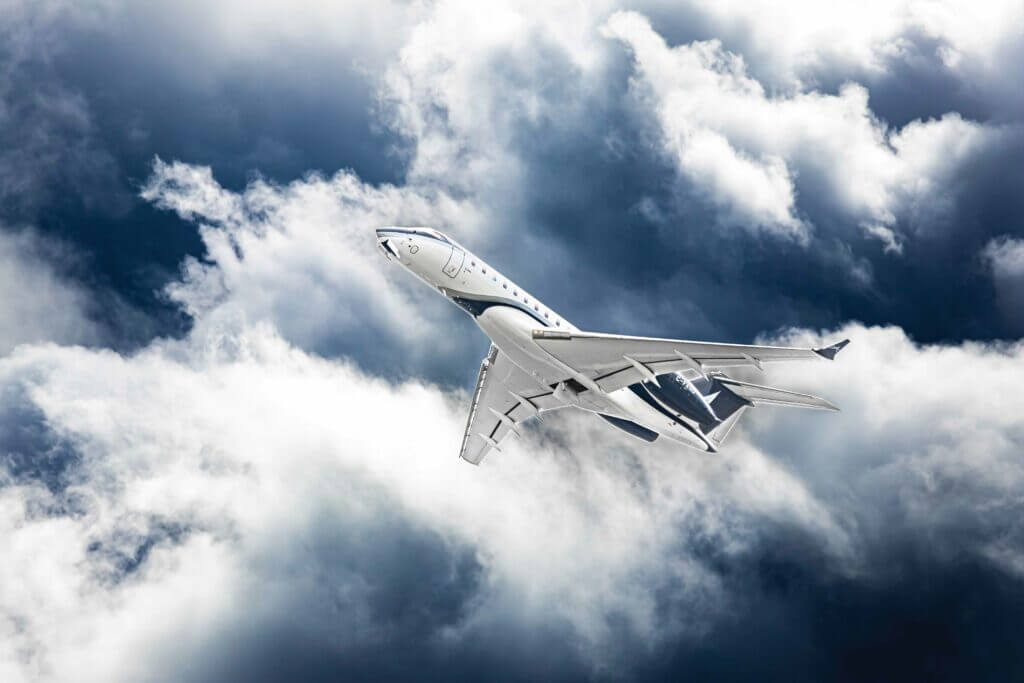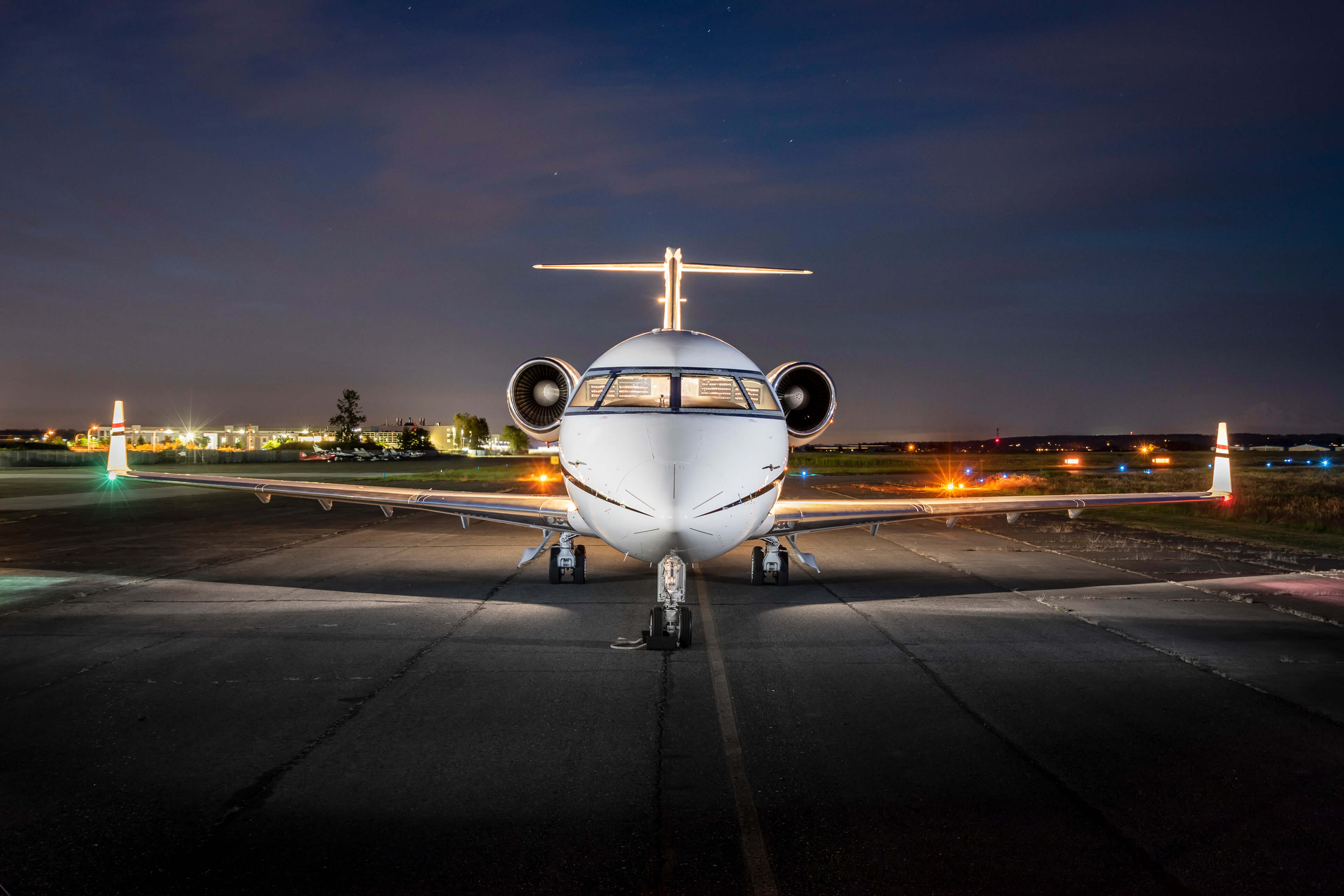Estimated reading time 17 minutes, 45 seconds.
Canada’s Select Luxury Items Tax Act is slowing down the aviation industry and causing smaller businesses, such as aircraft dealers, to worry about the future.
“I haven’t sold a new airplane to anyone who is willing to pay the luxury tax,” said Anna Pangrazzi, president of Apex Aircraft Sales in Markham, Ontario, which sells new Beechcraft and Cessna piston aircraft in association with Leggat Aviation.
“There is definitely a lot of resistance. I lost $4 to $5 million in sales, especially before it started. I was right in the middle of a Cessna 206 deal when they announced the tax. The customer backed out.”
The luxury tax, which came into effect on Sept. 1, 2022, applies to the purchase of personal aircraft with fewer than 40 seats; passenger motor vehicles with 10 seats or less; and leisure, recreation, or sporting boats.
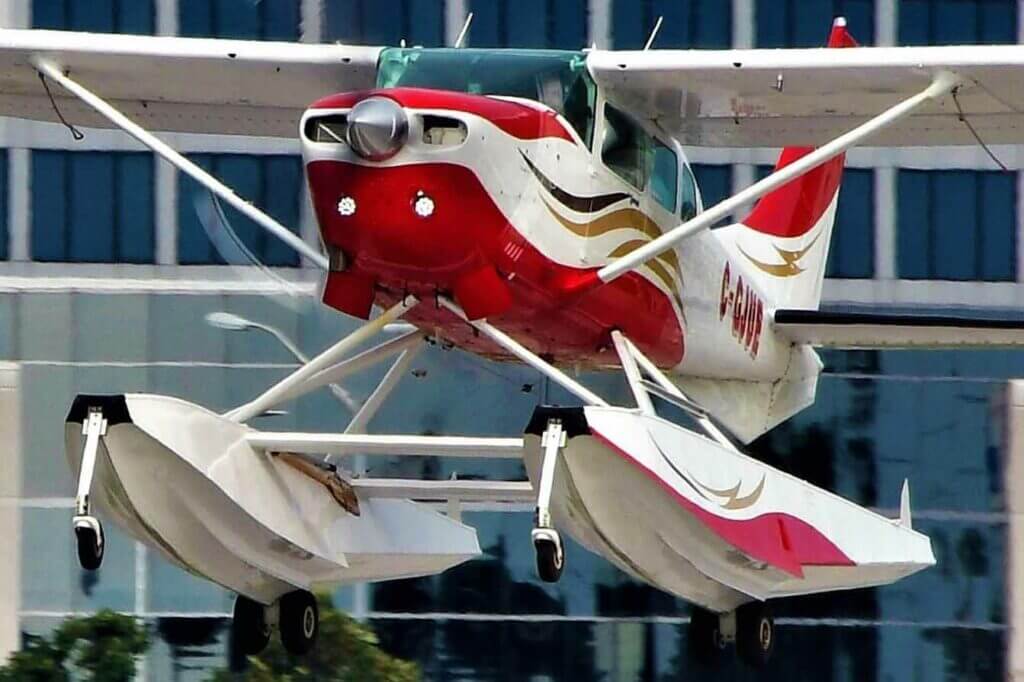
When an eligible vehicle is sold or imported into Canada, the luxury tax will be applied. Aircraft and vehicles priced over $100,000 and boats valued at more than $250,000 will be subject to the levy, which generally applies to goods manufactured after 2018.
The amount of tax will be calculated as the lesser of either 10 percent of the total purchase price; or, 20 percent of the total price exceeding the price threshold. The luxury tax will be added to the price of the item before GST/HST is applied. Registered vendors — those who manufacture, wholesale, retail, or import qualifying luxury items — will be required to collect and remit the luxury tax on each transaction.
Purchasers who use their aircraft for business purposes at least 90 percent of the time will generally be exempt from the tax. However, those who are buying an aircraft for personal use — like many of Pangrazzi’s customers — are on the hook.
“This is an economic challenge, especially for purchasers looking in the $1 million to $5 million price range,” she said. “For this market, it’s affecting affordability. When you consider it adds almost 24 percent and then you add 36 percent for the exchange rate (aircraft are priced in U.S. dollars), it makes it about 50 to 60 percent more expensive than for a U.S. buyer.”
Pangrazzi said the luxury tax is driving buyers towards pre-owned options instead of new, but that market is already tight and it’s tough to find a good aircraft made before 2019.

“We’ll just become a nation of old planes,” she predicted, noting an inherent safety consequence with that scenario. “Manufacturers have made huge safety advances and continue to do so every year, but this promotes having older and less efficient aircraft that don’t have the latest equipment.”
The fact that the luxury tax kicks in for aircraft priced over $100,000 is laughable, according to industry stakeholders. While a luxury automobile can be found for less than $100,000 (and would therefore be exempt from the tax), it’s impossible to find an aircraft under that amount.
Pangrazzi said it’s proof the government doesn’t understand aviation and didn’t take the time to learn. “There is nothing you can buy for $100,000. The Cessna 172 is approaching a half million U.S. I really don’t understand where they got that amount from.”
Trevor Mustard, head of aircraft sales and marketing at Diamond Aircraft Industries in London, Ontario, agreed that the threshold is too low and if he were in the market to buy, “the tax would certainly have me thinking of buying used.”
As the world’s third-largest producer of piston-powered general aviation aircraft, many Diamond aircraft buyers fall squarely in the private user category.
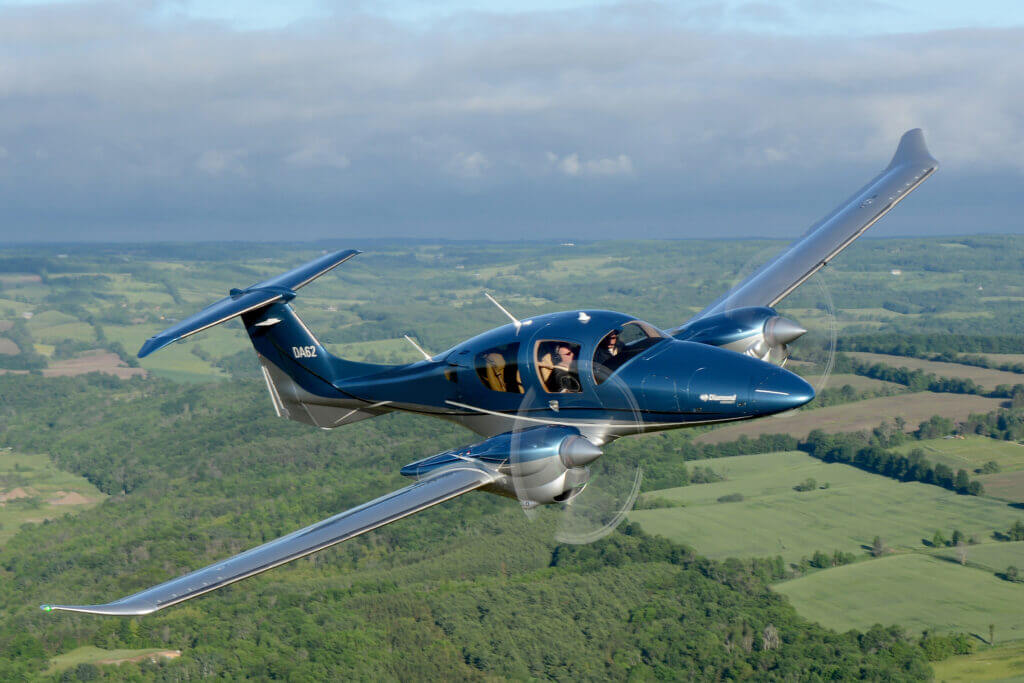
they would be subject to the luxury tax. Diamond Aircraft Photo
“The tax is certainly an economic challenge for Canadian aviation, especially in Diamond’s key demographic,” said Mustard. “The qualified buyers in the market for a private aircraft ranging in price from $500,000 to $2 million are going to be most affected, or they will simply reconsider buying new.”
At the end of the day, Mustard said the government cannot tax the country into prosperity.
“If anything, there should be programs to incentivize new purchases,” he concluded. “Manufacturing jobs will collect more in income tax than this new tax will ever realize.”
Focus on jobs and businesses
As soon as aviation and tax lawyer Steven Sitcoff heard the luxury tax introduced in the April 2021 budget, he immediately realized it would involve an “uphill battle.”
“It was clear that to deal with this tax, the focus needed to be on jobs and businesses impacted in the aviation industry, instead of the rhetoric about it being a tax on wealthy buyers,” said Sitcoff, who is a partner with McMillan LLP in Montreal.
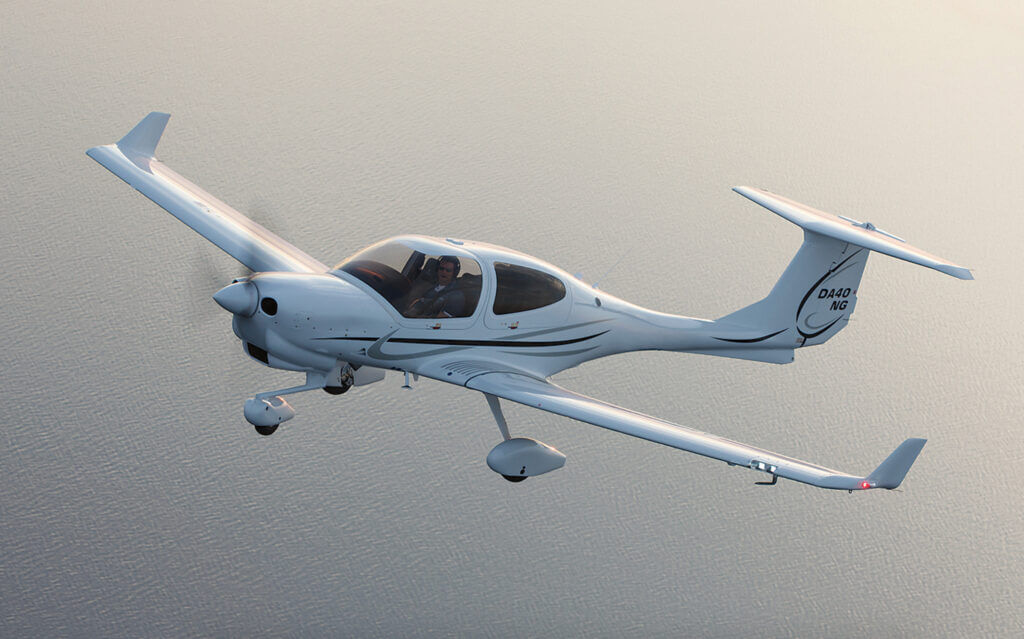
He organized a lobbying group of about 12 members, all industry organizations who could be hard-hit by the luxury tax.
“I didn’t want to be Chicken Little, but I felt there was a great deal to be alarmed about here,” said Sitcoff. “The May 2022 PBO (Parliamentary Budget Officer) report estimated the tax would raise $9 million per year and result in lost sales of $30 million per year. My own informal survey in January of 2022 showed cancelled transactions in the neighbourhood of US$700 million. Since then, it’s become clear it’s having a dramatic impact on sales. People are very worried for their livelihoods, and rightfully so.”
Contrary to how it’s been billed, Sitcoff said this legislation is not about taxing the rich. Rather, direct liability for the tax actually rests with Canadian vendors, lessors, and importers, not the consumer.
“You know, it’s rare to see a major labor union publicly oppose a tax, but Unifor and the International Association of Machinists and Aerospace Workers have both publicly opposed this one. There is a great deal of anecdotal evidence that luxury taxes do not work.”
In 1990, for example, the U.S. applied a 10 percent luxury tax on boat sales, among other things. According to industry expert Bill Yeargin, over 25,000 boating industry jobs were lost before the tax was repealed and acknowledged as a mistake.

Sitcoff said the Canadian government proceeded with enacting the legislation as scheduled on Sept. 1, 2022, despite a recommendation months earlier from the Standing Committee on Finance that the implementation date for aircraft be delayed to assess the impact to the industry. Also, despite a consultation period in which the industry voiced its concerns to government, the final legislation was released with virtually no changes.
He agreed the luxury tax is pushing buyers to “acquire older aircraft that do not benefit from the latest safety and environmental technology, and that’s puzzling considering the importance of our Canadian aircraft manufacturers.”
On behalf of industry, he is pushing for the price point to be lifted to a threshold of $5 million instead of $100,000 for aircraft, with the tax capped at a maximum amount.
“For aircraft, there is no such thing as a $100,000 plane – if you want a comparable limit to that provided for cars and boats, that number needs to be higher – I would say in the $5 million range,” he said. “Otherwise, you’re stifling sales.”
A legislative leg to stand on
Anthony Norejko is president and CEO of the Canadian Business Aviation Association (CBAA), an organization that has been fighting the luxury tax since the idea was first introduced. Along with raising the $100,000 ceiling to around $5 million, the CBAA supports a moving date of manufacture — meaning, for example, that only aircraft manufactured in the current year should be taxed.
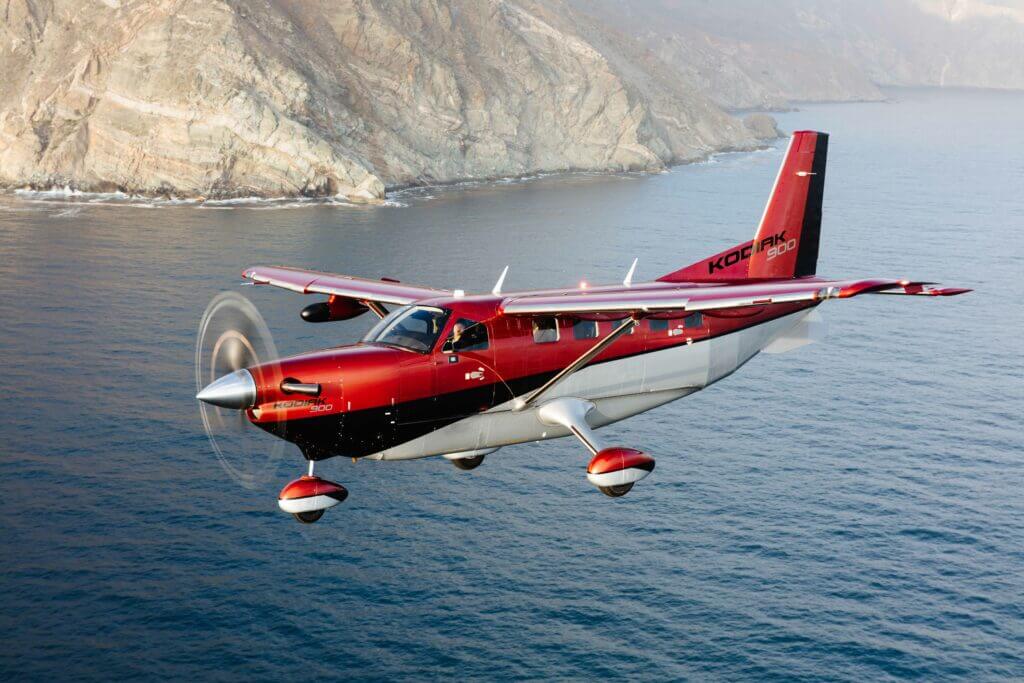
Norejko is hopeful that a viable legislative challenge to the luxury tax may exist.
“When the PBO said aircraft should be separate and studied, we brought that report to Finance,” he recalled. “We had unanimous consent to exclude aircraft. But the government rolled it out on Sept. 1 anyway. They enacted the luxury tax when they said they would.”
Now, he is hoping the Standing Joint Committee of the House on the Scrutiny of Regulations — which is mandated to examine regulations made by the Government of Canada for flaws in legality and execution — will turn its spotlight on the luxury tax in 2023.
“We are saying, what is the point of all this effort and consultation, if in the face of these recommendations you decide to roll it out on the day you said you would before all consultation has taken place?” asked Norejko.
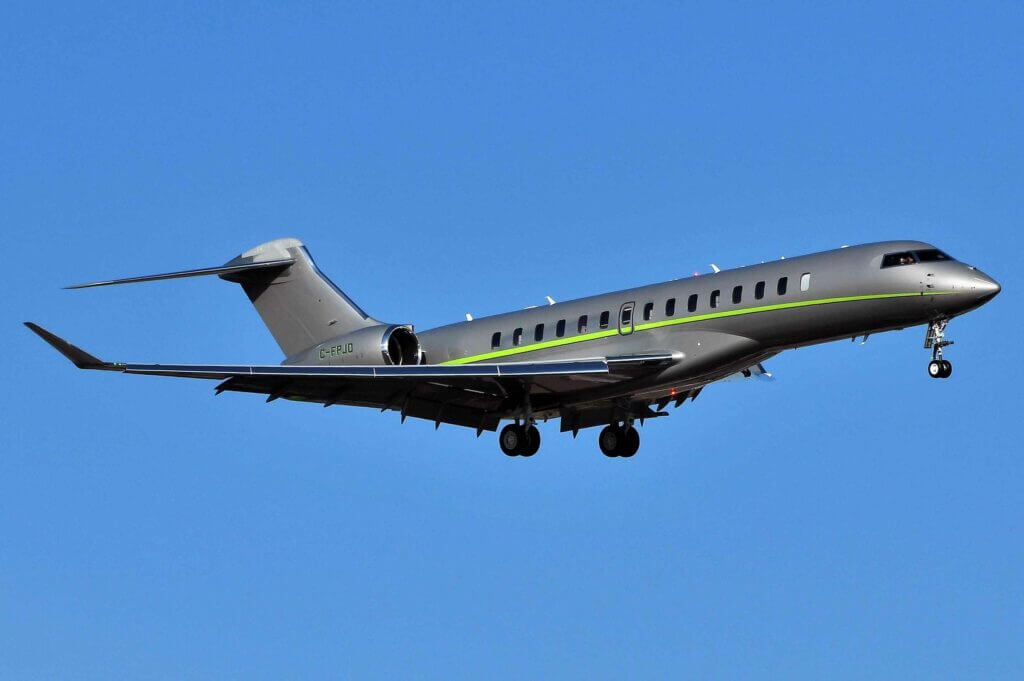
He is hoping government lobbying efforts will “widen the lanes” on the luxury tax, with parameters adjusted to more realistically reflect the realities of the Canadian aviation industry.
“Right now, our work is not done. It’s hard to determine the percentage of success through regulations. The situation looks good for us and it’s something to keep pressing. Meanwhile, we are gathering data to measure the impact of the luxury tax on business aviation.”
He, too, has heard that buyers are shifting focus to pre-owned aircraft.
“Dealers are all feeling it. Where someone would have contemplated a brand-new aircraft, they are now looking at used aircraft. That is the space people are playing in right now, if they are being savvy about their acquisition.”
Some companies operating in the United States and Canada are talking about basing their aircraft south of the border to avoid the tax.
“It will be interesting to watch the Canadian Civil Aircraft Register,” said Norejko. “Will it be a migration of aircraft, or will we see new aircraft coming to Canada? I suspect we won’t see a net positive.”

A ‘short-sighted’ tax
It’s a common saying that just because a person can afford to pay a tax, it doesn’t mean they will.
When it comes to the luxury tax, buyers are expected to look for ways around it — whether that means buying an older, pre-owned aircraft, or possibly operating it elsewhere.
Dylan Thomas, president and chief operating officer at London Air Services in Vancouver, said his company has recently seen an uptick in inquiries about its aircraft management services.
“The CRA has come to an agreement with people buying an aircraft that, if you charter it out a certain amount, the tax doesn’t apply,” Thomas told Skies. “So they’re looking at it saying, ‘If I buy this aircraft and I bring it to a management company and I can stay under the threshold (for private use), then I don’t have to pay the luxury tax.’ But, it’s up to the CRA’s interpretation of the business/personal use side of that.”
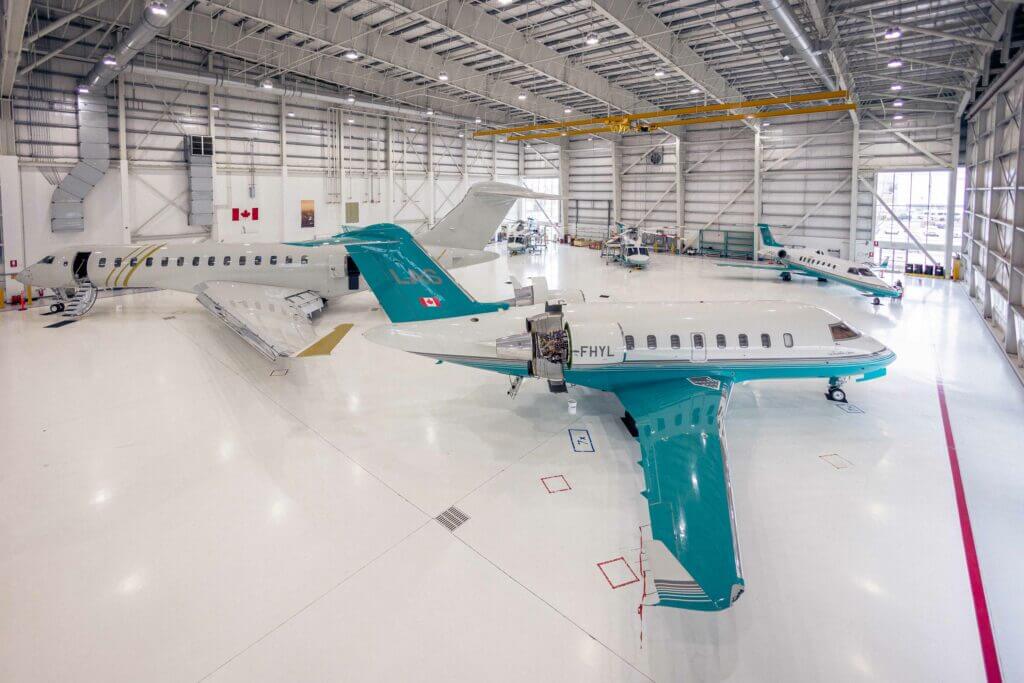
However, he also called the tax short-sighted, saying it penalizes Canadian manufacturers like Bombardier as well as Canadian operators. Thomas speculated this may cause Canadian buyers to license their aircraft in places like the U.S. or Cayman Islands, through a holding company for instance, in order to avoid the luxury tax.
“Now they have to hire American pilots, but they’re OK with that,” he continued. “And as for Transport Canada, are they watching when a U.S. aircraft comes in that might be owned by a subsidiary company of the Canadian who bought it, and it’s a private flight? No. And the pilots and maintenance staff are American, and they’re not paying taxes in Canada. This was a political decision to go after the wealthiest one percent, but the challenge is that people at that level can afford to find a way around the tax.”
Still, aviation and tax lawyer Sitcoff strongly counsels against trying to dodge the luxury tax.
“I’d never advise anyone to register their aircraft out of country for this purpose,” he said. “It was anticipated by the people who drew up the legislation and the penalties are stiff. It should give people pause before they decide if that’s advisable. Moreover, I expect the CRA will step up its audit and enforcement measures.”
Sitcoff also cautioned vendors to be very careful about documenting their efforts to collect the luxury tax on behalf of the government.
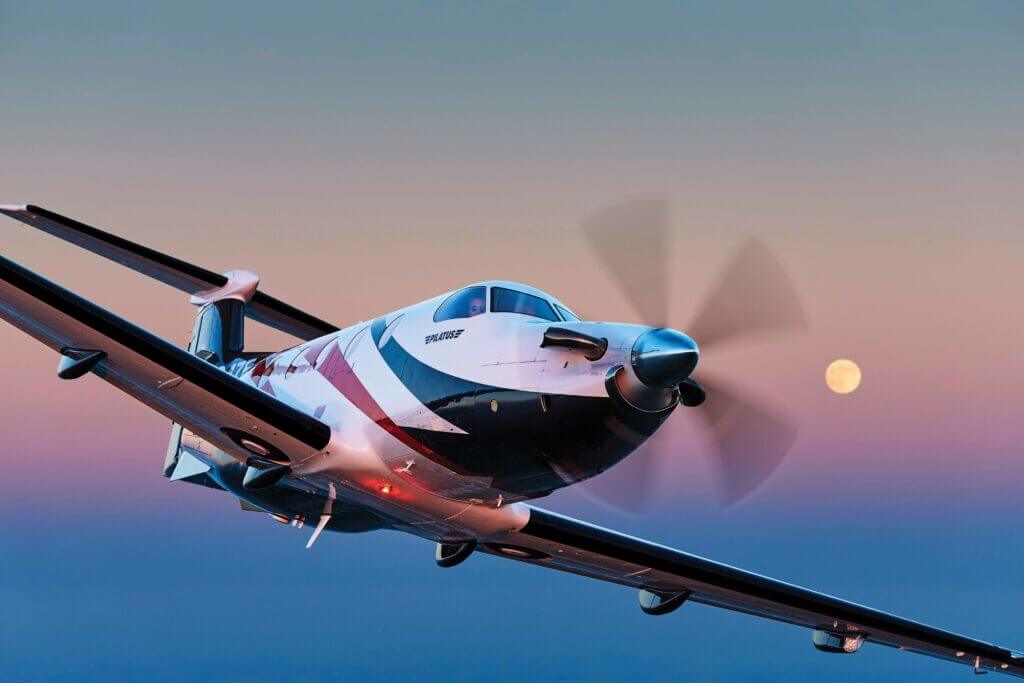
“They need to look into their registration and reporting obligations,” he said. “They also need to take proactive steps to minimize any impact on their business. A registered vendor who knows they are being presented with a false exemption from the tax becomes liable to pay it themselves, along with a steep penalty. They must show proper due diligence so they can’t be found to be potentially liable.
“For example, I would get a well-crafted side letter signed by their client and I’d strongly consider getting an indemnity from their client as well,” continued Sitcoff. “I’ve been working on both with some clients. This tax is definitely a wakeup call for some to revisit their longstanding business practices to make sure they’re not putting themselves at risk.”
Education for both sellers and buyers is critical, noted Sitcoff.
He does feel the luxury tax is generally “manageable” for many buyers, if they engage in proper planning with their advisers.
“For the time being, we’ll have to learn to live with this tax,” he concluded. “However, I strongly recommend that persons who are registered vendors, lessors, and buyers consult with their advisers and get proper guidance as to the application of this tax.”
